HIGHER HEALTH

Oziel Mdletshe
University Programme Coordinator
Student Leadership Development Webinar Series 2- 2025



Oziel Mdletshe
University Programme Coordinator
Student Leadership Development Webinar Series 2- 2025

An umbrella term for any harmful act that is perpetrated against a persons will (WITHOUT CONSENT), and that is based on socially ascribed (gender) differences between male and females.
Gender-based violence (GBV) is a global phenomenon and one of the most widespread violations of human rights, with a significant impact on physical, psychological, sexual and reproductive health.
Evidence reveals that, although men and women (including individuals of varying sexual orientations) are affected by GBV, women and girls are disproportionately affected. e.g. Power Imbalance/Violence / Cultural Stereotypes/ Status
GBV is a mirror that reflects the gender stereotyping in society and the pattern of unequal social relations created by patriarchal cultures.

Men and women do not experience the same forms of violence, nor do they experience violence to the same extent.
GBV also perpetuates vulnerability while compromising the health, safety, and autonomy of survivors, keeping them trapped in a cycle of violence and abuse.
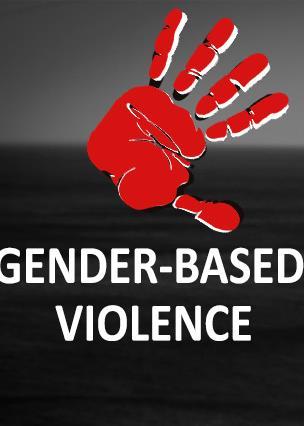

• Denial of resources or
• Sexual harassment
• Sexual exploitation
• Some forms of trafficking
• Verbal abuse
• Economic abuse
• Physical abuse
• Gender bullying
• Sexual intimidation
• A person with specialised training that arrives at the scene of an emergency such as an accident, fired, natural disaster,
• Usually law enforcement officers, paramedics, firefighters
• First to arrive and provide assistance at scene of an emergency
• It’s their job to do this and they usually have training in first aid, some basic lifesaving, fire fighting




• Context
• The regulatory framework
• The difference between criminal justice system and internal university system
• Basic definitions and concepts
• GBV
• Consent
• Gaslighting
• Others
• GBV myths
• What your campus GBV policy is and elements of the policy
• Why reporting is key
• Responsible office
• Survivor centred approach
• Supportive and protective measures
• Procedures in policy – informal and formal

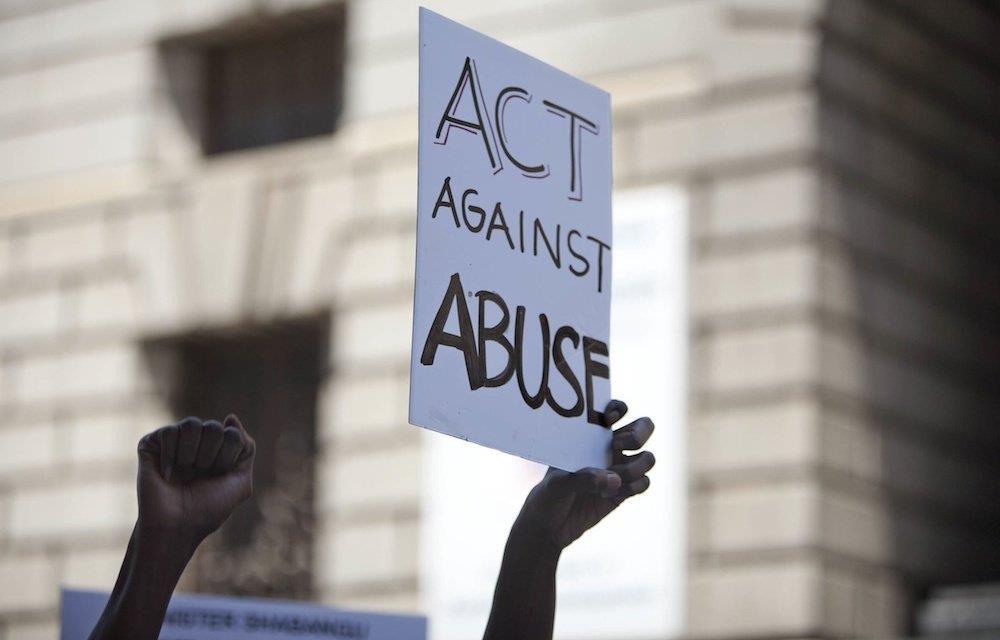
• What are protocols and what they say
• How to be first responder
• Important legislation And more …






• Apartheid legacy
• The family
• Unemployment
• Genie co-efficient
• Patriarchy and gender stereotyping
• Toxic masculinities
• Intersectionality


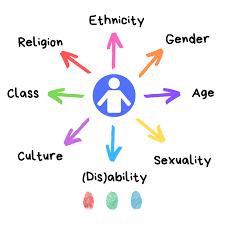

Verbal
Unwelcome pressure for sexual activity, innuendos, suggestions, comments with sexual overtones
Offensive flirting, sex related jokes or insults, inappropriate enquires about a person’s sex life, whistling. Requests for sex, proposals of a sexual nature, messages
Non-verbal
Displaying gender degrading material, and unwelcome gestures
Stalking, flashing, following, watching, pursuing, accosting
Using power to exact sexual favours
A lecturer rewarding student for responding to sexual advances
Sex for marks
Sexually suggestive and offensive material on email/social media/phone
Favouritism by lecturer to student that respond to sexual advances
Comments on appearance, graphic comments about a person’s body
Economic abuse/sexual exploitation
Psychological abuse
Domestic violence and intimate partner violence (IPV)
Exchanging money, gifts, food, accommodation for sex ‘Sugar daddies’
Threats of violence through words or actions Humiliating or insulting comments
One partner maintains power and control over the other in intimate relationship
IPV incudes use of threats, physical, sexual, emotional, verbal, psychological or financial abuse
Isolation (Locking up partner)
Domestic violence is when a member of family uses physical, sexual, emotional, verbal, psychological or financial abuse against another family member
Pornography or Pin-ups
Denial of promotion, merit ratings, marks, bursaries, etc if fail to submit to sexual advances
Use of children to control or hurt
IPV can include rape or sexual assault by intimate partner
Physical abuse
Unwanted physical contact, ranging from touching, kissing, to sexual/physical assault
Pinching, foundling, patting
Attempted rape, forcing a victim to perform sexual acts including rape, femicide
Date rape, acquaintance rape

Consent cannot be given if a person is not fully conscious, or if under threat of force or intimidation, or false presences or fraud used.


Both parties to sexual activity are responsible to ascertain if there is free consent without coercion;
Relenting and submitting does not mean consent;

No one should be confused or ill informed in regard to what real consent is. It includes:

Consent for one instance does not mean consent for others, and past consent doesn’t mean future consent;


Unequal power relations weakens ability to not consent;
Silence does not imply consent, consent must be explicit, ‘no’ means ‘no’;

“Most victims of GBV are men”.
“When women wear miniskirts, they are asking for it”.
“People are always exaggerating when it comes to GBV”.
“I’ve never touched you, you made that up”.
“The problem is you not me”.
“I’m sorry you feel that way”.
“You’re making it up (even when they did it)”.
“You need help”.
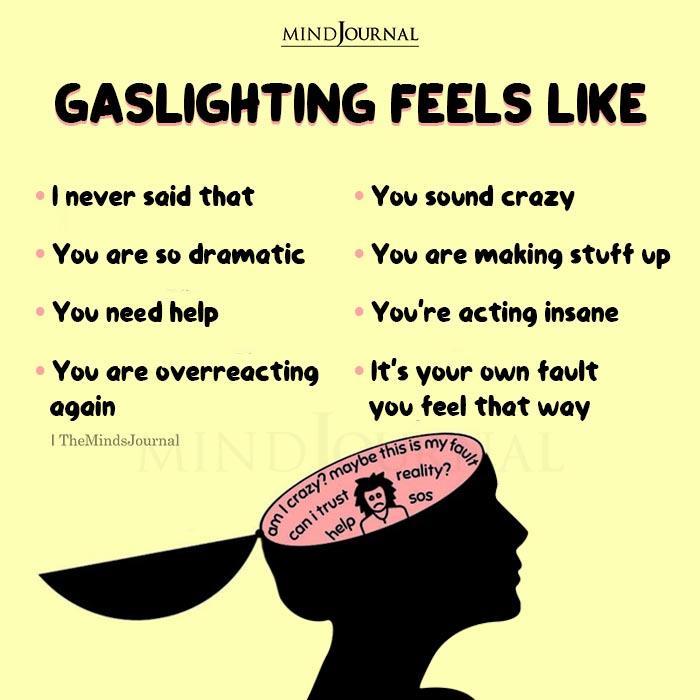






• ‘Complainant’ means a person that alleges that GBV took place and was experienced by them and who has now reported the complaint. They are the victim or survivor of GBV but now their case is opened and they are officially called the ‘complainant’.
• Victim’ means survivor of GBV being a person against whom an act of GBV was perpetrated.
• ‘Survivor’ means a survivor of GBV being a person against whom an act of GBV was perpetrated.
(Victim and survivor are words with a similar meaning. Sometimes the word ‘victim’ is used when referring to someone that has been affected by GBV or when we see them in the context of a crime. It means that harm has come to them. It can imply they are powerless. 0
• ‘Alleged perpetrator’ is a person accused of GBV but not yet found guilty.
• ‘Perpetrator’ is a person found guilty of GBV.

What’s now being termed harassment and even abuse is just some harmless flirtation with no harmful consequences. Its seriousness is exaggerated.
They submitted and therefore consented, it couldn’t possibly be harassment or abuse.
Women are prone to lying about abuse and are generally attention seeking or being vindictive.
Harassers and abusers come from deprived backgrounds, are below average intelligence, are usually recognisable as dangerous and most often are strangers.
People in abusive intimate partner relationships can leave their abusive partners.
Conflict and discord are a normal part of any relationship.
Men and women are equally violent against one another.
GBV only includes physical abuse (hitting, punching, biting, slapping, pushing, and rape).
GBV is caused by substance abuse such as alcohol and drugs.
A man cannot rape his wife or intimate sexual partner.

• DHET published a comprehensive GBV policy in 2020
• It said all campuses must adopt their own GBV policies
• Higher Health published model GBV guidelines, including procedures, and protocols
• Your campuses need to each adopt these – can be made specific to the campus
• Must be adopted by the highest authority in the university to have teeth
• As student leaders you need to demand that your university adopts a policy on GBV that is support
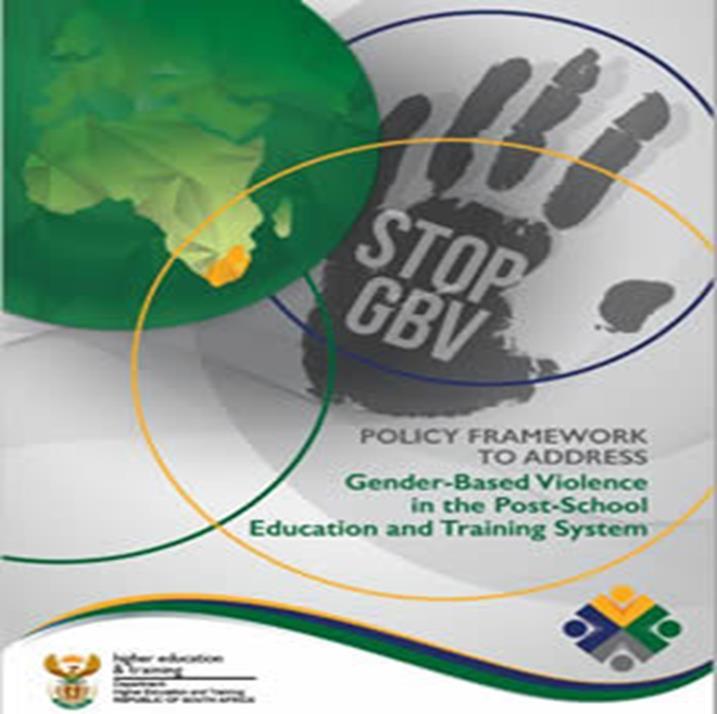

• Criminal justice system requires state to prove beyond a reasonable doubt
• Internal disciplinary procedure on campus requires tribunal to prove on the balance of probabilities
• More likely to secure a conviction


Previous victimisation –having prior GBV experiences
Age – 1st years, away from home. Young, don’t know how to clearly NOT consent
Gender-inequitable attitudes and beliefs.
E.g. Male entitlement
Alcohol and drug consumption




It must be a distinct and separate office/person in recognition that GBV requires a specialised, consistent and informed response

Must have executive seniority support and be at high level


Is tasked with implementing the GBV Guidelines, protocols, minimum standards checklists, discplinaries Every institution must have an office or person/s responsible responsible for dealing with complaints by victims of GBV



An incident of GBV can be reported by any person (not only staff and students) to any member of the campus community.





No threshold. No matter how minor.
The person to whom it is reported must immediately, or on next working day if it is a weekend refer it to Responsible Office (RO).


It is mandatory to report to RO if it is suspected that there has been GBV perpetrated.




Complainant can go to SAPS as well. Can follow both routes or choose one.



Complainant may choose not to pursue action in which case RO can (when the RO thinks there is chance of risk).
Reporting enables assistance, allows data to be collected and ensures consequences

Reasons for not reporting
Fear of secondary victimisation
Embarrassment and/or shame
Fear of not being believed
Fear of hurting the alleged perpetrator’s wife, girlfriend and/or family
If the alleged perpetrator is an intimate partners no physical evidence or witnesses

There is nowhere to report
Not trusting place where reporting takes place
Not wanting to expose one’s identity
Fear that it won’t be kept confidential
Fear that by reporting there may be reprisals by accused and they may harm victim further
Other

Confidentiality:
Info only available to limited number of people
Anonymity: Complainant centred means right to remain anonymous
Complainant has right to chooseinformal or formal process, report to SAP or may withdraw matter
Supportive and protective measures to be provided to maintain the complainant’s safety






A key to increasing reporting is a survivor centred approach



• It empowers the survivor by prioritising their rights, needs and wishes (UN definition of survivor-centred approach)
• It makes them feel safe.
• It promotes their recovery.
• It reinforces their agency and self-determination which may have been crushed by the incident/s.
• It promotes their emotional safety.
• It builds trust and helps them restore some control over their life.
• It reduces risk of further harm. For instance if they live in the same residence as the perpetrator they may ask to be moved as they fear a repeat.
• It assists the people dealing with the case to know what to do.



Psychosocial support
Secure safety of complainant and guard against harm
Suspend or give special leave for staff, or leave of absence for students

Change academic classes or give academic concessions
Change of student res where applicable or barring alleged perpetrator from residence
Sick leave
No contact/restriction of activities orders

